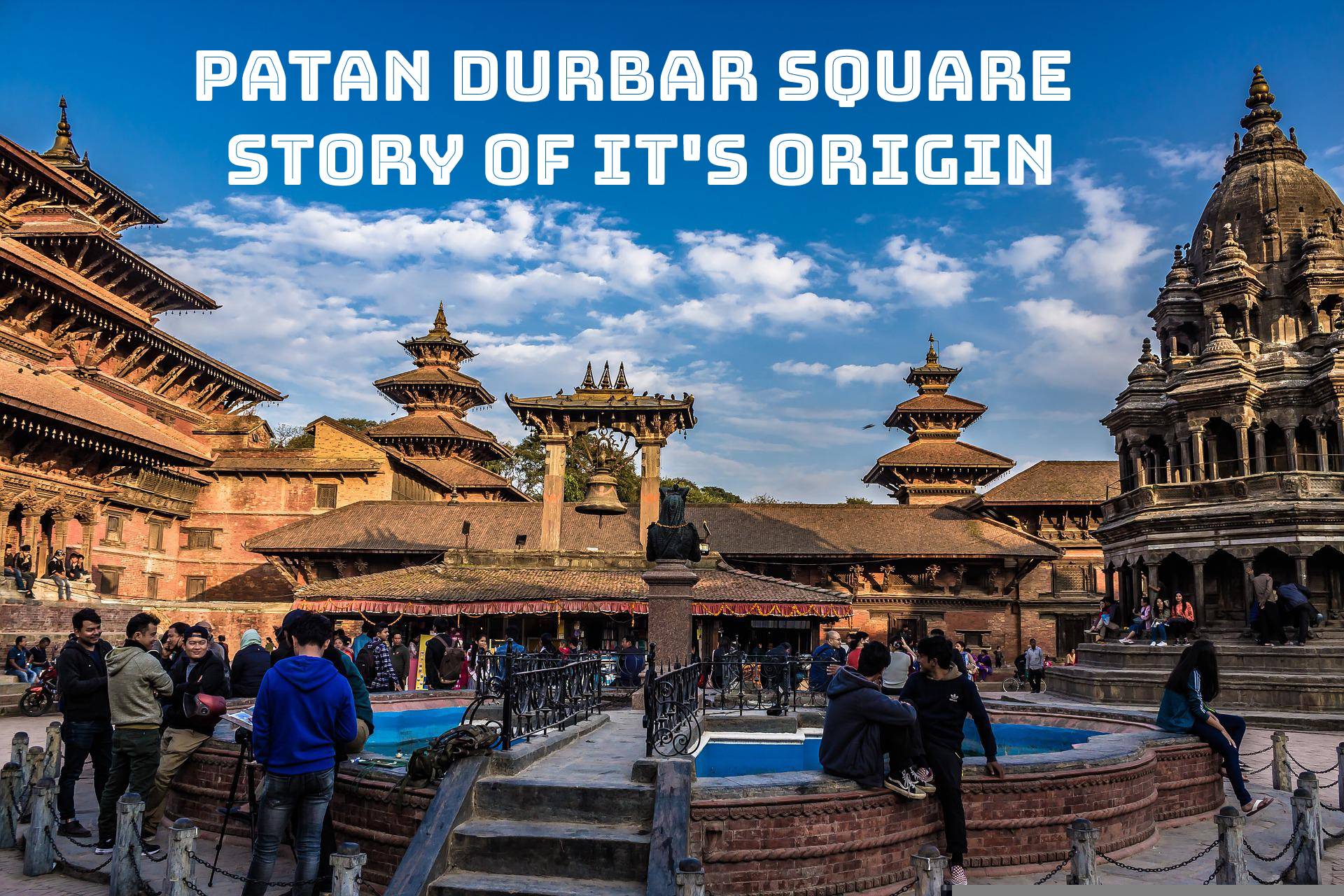Patan was among one of the three royal states within the valley before the unification of Nepal by King Prithvi Narayan Shah.
Monuments of Patan durbar square
- Chyasing deval
- Taleju bell
- Hari shankar temple
- Narasingh temple
- Yoganendra pillar
- Narayan temple
- Char Narayan temple
- Krishna temple
- Garuda statue
- Vishwanath temple
- Bhimsen temple
- Ganesh temple
- Mangal Hiti
- Mani mandap
- Keshav narayan chowk
- Degutale temple
- Taleju temple
- Mul chown
- Sundari chowk
- Bhandarkhal gardens
Around Patan durbar square
- Kumbeshwor temple
- Uma maheshwar temple
- Yata cheen complex
- Kwa baha – The Golden temple
- Sundhara
Sundari chowk
Sundari chowk means “beautiful courtyard”, and lies at the southern end of the complex. It was built in 1627, by King Siddhinarasingh Malla.
Taleju temple
The Taleju temple is located in the north-east corner of the Sundari Chowk. It was built in 1671 with an octagonal shape.
Patan Museum
Patan Museum is also known as the Keshav Narayan Chowk where the four-cornered fort stood. There is a golden gate to enter the museum and above the gate there is a golden window known as Lunjhyah. In Nepalbhasa (Lun+jhyah) luh means gold and jhyah means window.
Nasal Chowk
Nasal Chowk is closed to the public.
Kwa Baha – The Golden Temple
Kwa Baha is also popularly known as Hiranyavarna Mahabihar and the Golden temple where Buddha is worshipped. You’ll find a statue of Buddha at the center of the temple. It has three stage structure with lavish decoration.
Krishna Temple
Krishna temple is a temple built in a Shikhara style dedicated to Lord Krishna. Shikhara-style means mounting peak in the Sanskrit language. The Shikhara style temple is designed like a tower with similar but smaller towers surrounded by the main tower. This type of temple is usually built on an octagonal or square stepped plinth. Krishna temple in Patan Durbar Square was built by the daughter of King Yoganarendra Malla in 1723 in memory of the eight wives of Yoganarendra Malla. His eight wives committed sati, a Hindu custom where wives agree to burn themself with dead husband. Later, this custom was banned in Nepal.
Bhimsen Temple
God Bhimsen is popular among the business community. The Bhimsen Temple of Patan is a three-tiered temple. It was built in 1681, by King Shri Nivas Nalla.
Kumbheswor temple
The Kumbheswor temple is a Hindu site built during the reign of King Jayastithi Malla. After entering the complex you’ll find a bull named Nandi in front of you. King Jaya Vishnu donated it in 1735 which was stolen and later replaced. There is a water tank where the ugly grass cutter quenched his thirst and turned into a handsome man after taking a bath. There is the temple of Harati Mata opposite the main entrance. To the right of the main entrance, there is a temple of Goddess Bangalamukhi.
Ashoka Stupas
The Ashoka Stupas were built by the Mauryan Emperor named Ashoka while traveling in Nepal. Their stupas are in the south (Lagankhel = means the name of a place), West (Pulchowk), north (Ibahi), and east (Teta). Ashoka had a daughter named Charumati, married and settled here. She and her husband built the city of Deopatan and built the Charumati Bihar near Chabahil.


